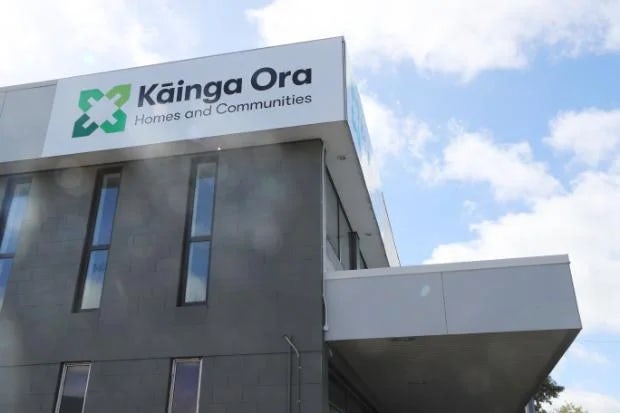Leaky buildings ruled non-deductible, Goodbye to KO's board & First Home Grants Scheme, and Median rent hits $600 p/w.
Too long; didn't read? Here're this week's TLDRs...
RBNZ Keeps OCR at 5.5%, Signals Higher Rates for Longer
Read the article
House Price Growth Forecast Lowered to 2% Amid Economic Challenges
Read the article
Economic Struggles Worsen: Stagnant Growth, Job Losses, and Business Cash Flow Issues
Read the article
RBNZ Data Shows Increase in New Mortgages but Low Impact from Proposed DTI Limits
Read the article
NZ Property Listings Surge, Movers’ Share of Purchases Rises to 27%
Read the article
Improving Affordability for First Home Buyers Despite High Mortgage Rates
Read the article
Buyers Swamped with New Builds in South Auckland Amid Developer Struggles
Read the article
Bright-Line Rule Change Expected to Increase Property Listings and Tax Relief
Read the article
National Median Rent Hits $600 a Week for New Tenancies in Q1
Read the article
Build to Rent Offers Hope Amid Difficult Renting Conditions – A Podcast
Read the article
Government Reallocates $245M to Social Housing, Scraps First Home Grants Scheme
Read the article
Kāinga Ora's $2 Billion Land Programme Faces Delays, No Construction Dates Set
Read the article
Kāinga Ora Review Finds Financial Unsustainability and Calls for Immediate Reforms
Read the article
Court Rules Leaky Building Remediation as Non-Deductible Capital Work
Read the article



